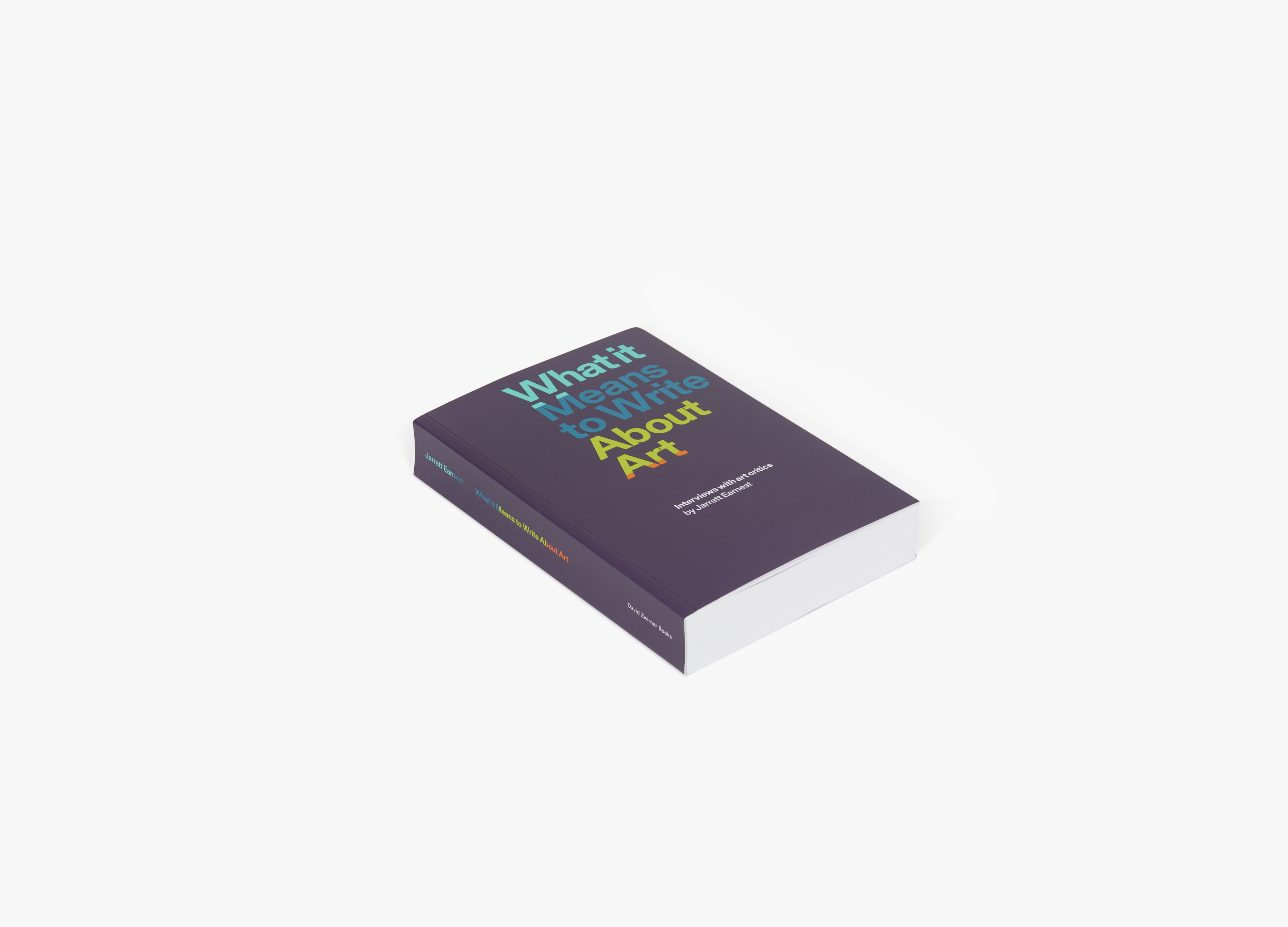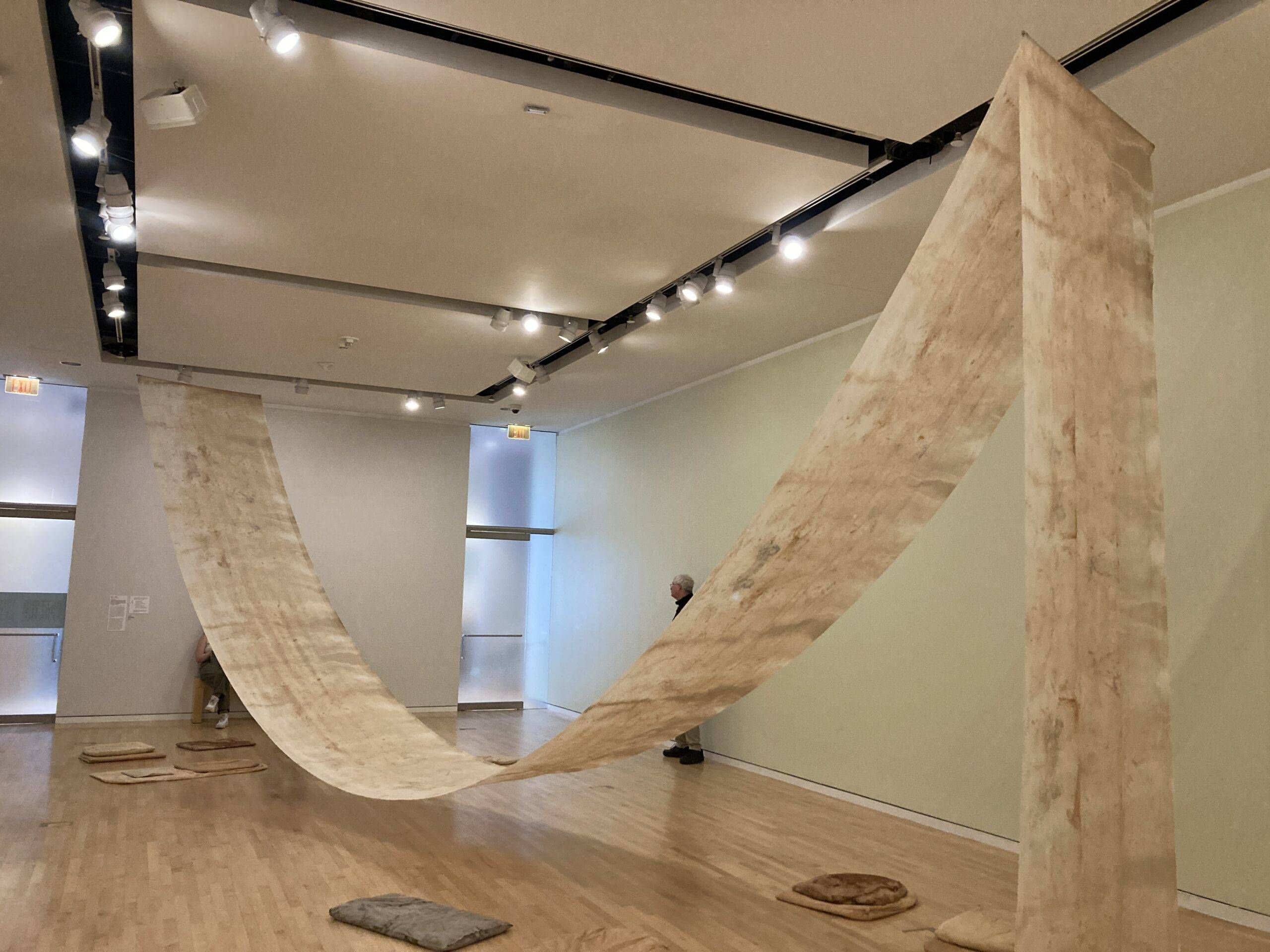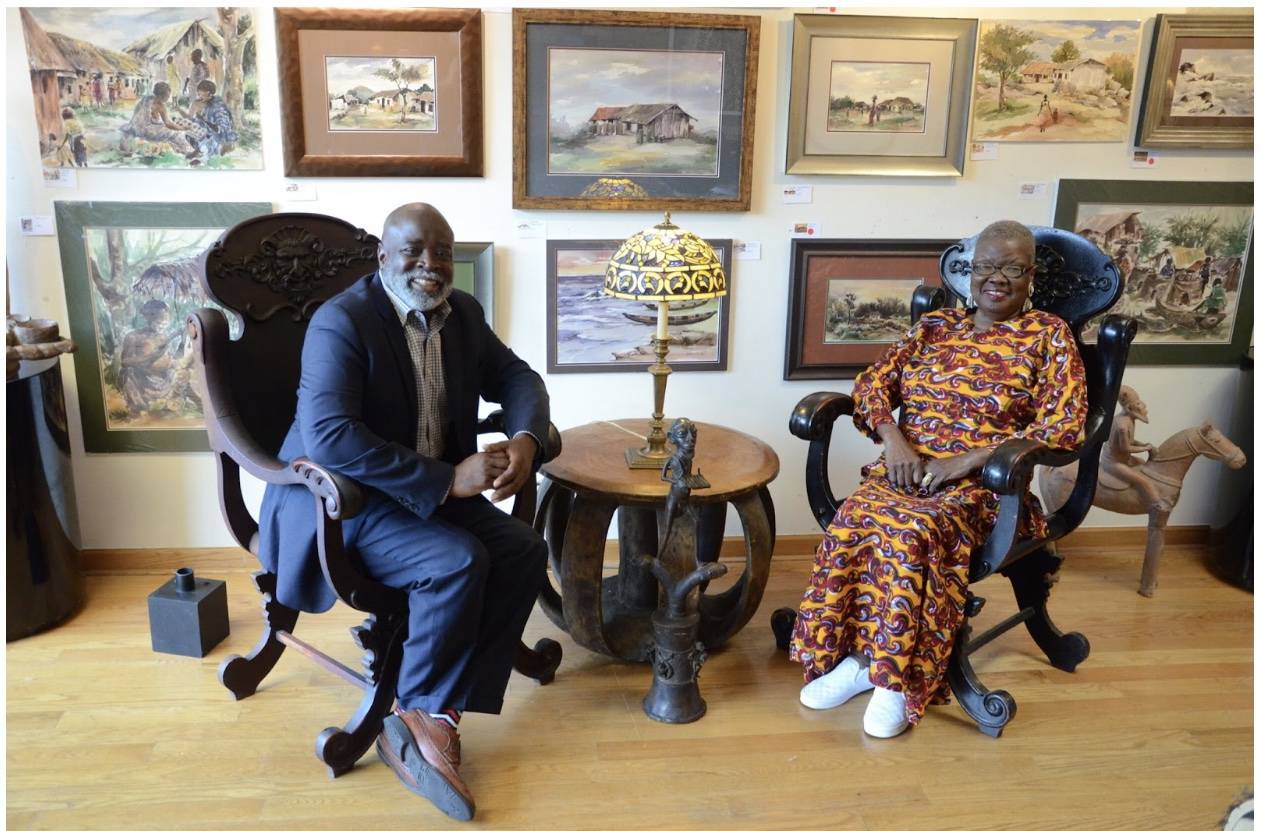
Cover of “What it Means to Write About Art: Interviews with Art Critics” by Jarrett Earnest, published by David Zwirner Books. Courtesy David Zwirner.
What was an early important aesthetic experience for you? Jarrett Earnest begins his interviews with this question in “What It Means to Write About Art” (David Zwirner, 2018). The book includes interviews with 30 writers, from Roberta Smith and Holland Cotter, co-chief art critics at The New York Times, to significant poets and art historians, like John Ashbery and Darby English. Earnest admits to being selective in his choice of interviewees (as well as biased towards New York City), but the resulting conversations cover a range of experience in the art world over the last 60 years.
The interviews are swift and refuse to sprawl. (Perhaps the most winding path is taken by Chris Kraus, author of “I Love Dick,” who ends her interview musing about grief and S&M.) At times, I wished Earnest would ask a follow-up question. Much is said about the temperament of different art magazines, but there is only one question about the controversial Lynda Benglis advertisement that ran in Artforum and caused two editors to start their own publication, October. With Earnest, there is no hot seat. He kindly points out patterns in the critic’s work and invites them to respond.
Like Artforum and October, several subjects loom large across the interviews. Clement Greenberg is brought up as both a friend and an adversary. Douglas Crimp talks about “struggling against a Greenbergian model,” while Michael Fried admonishes his early work for not being closer to Greenberg in style. One of the gifts of a book in this format is that it reveals shared influences and experiences among the critics. It is informative, and often entertaining, to see them discuss the same exhibitions, books, and theorists. Though they frequently disagree, the book creates an alternate structure based on the items that are brought up repeatedly, resulting in what feels like an intuitive reading of the art world during the latter half of the 20th century. Earnest has made a record of that realm with first-hand accounts. Even without the virtuosic knowledge of every artist, text, or song mentioned (which Earnest clearly possesses), one gets a sense of the period. You may not be familiar with Glenn Ligon, but after reading seven conversations where his work is discussed, you’ll have a deeper understanding of his impact. This understanding is far more nuanced than an encyclopedic entry could convey.
Though most of the contributing critics are still working today, the focus remains largely on past decades. They don’t say much about today’s politics or how they may be influencing contemporary ways of looking at art. One brief exception is Hal Foster, who concedes that “in this moment it is crucially important to ask who gets to speak … and people like me should shut up more and listen more.” Jed Perl is cynical: “If you want to take a dark view of things, you can argue that a great period of cultural expansion and enlightenment may be ending.” He is talking about the rise of anti-intellectualism amid the collapse of democracy. Perl envisions a particularly dire future for those of us who will have to make do. Our only solace may be Foster and any others who will step aside to make way for more diverse, and perhaps more hopeful, voices.
Earnest’s book pulls back the curtain on the coincidences and willfulness inherent to the process of creating an art historical narrative. Reading “What It Means to Write About Art” feels like attending a lecture on criticism post-Greenberg, but there aren’t any slides and you can’t take notes. Somehow, you get the information just by being in the room.






















Bravo!